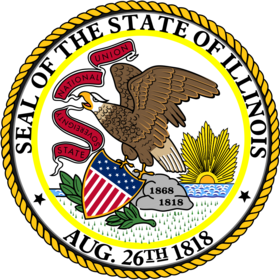Grade 4 - PARCC Item & Task Prototypes, Key Advances, Fluency Expectations, Within-Grade Dependencies
PARCC Item & Task Prototypes, Key Advances, Fluency Expectations, Within-Grade Dependencies
PARCC Item & Task Prototypes
PARCC Key Advances
In grade 3, students studied multiplication in terms of equal groups, arrays and area. In grade 4, students extend their concept of multiplication to make multiplicative comparisons (4.OA.1).
Students in grade 4 apply and extend their understanding of the meanings and properties of addition and subtraction of whole numbers to extend addition and subtraction to fractions (4.NF.3).
Fraction equivalence is an important theme within the standards that begins in grade 3. In grade 4, students extend their understanding of fraction equivalence to the general case, a/b = (n x a)/(n x b) (3.NF.3 --> 4.NF.1). They apply this understanding to compare fractions in the general case (3.NF.3d --> 4.NF.2).
Students in grade 4 apply and extend their understanding of the meanings and properties of multiplication of whole numbers to multiply a fraction by a whole number (4.NF.4).
Students in grade 4 begin using the four operations to solve word problems involving measurement quantities such as liquid volume, mass and time (4.MD.2).
Students combine their understanding of the meanings and properties of multiplication and division with their understanding of base-ten units to begin to multiply and divide multidigit numbers (4.NBT.5–6; this builds on work done in grade 3, cf. 3.NBT.3).
Students generalize their previous understanding of place value for multidigit whole numbers (4.NBT.1–3). This supports their work in multidigit multiplication and division, carrying forward into grade 5, when students will extend place value to decimals.
Students generalize their previous understanding of place value for multidigit whole numbers (4.NBT.1–3). This supports their work in multidigit multiplication and division, carrying forward into grade 5, when students will extend place value to decimals.
PARCC Fluency Expectations
4.NBT.4 Students fluently add and subtract multidigit whole numbers using the standard algorithm.
PARCC Examples of Major Within-Grade Dependencies
Students’ work with decimals (4.NF.5–7) depends to some extent on concepts of fraction equivalence and elements of fraction arithmetic. Students express fractions with a denominator of 10 as an equivalent fraction with a denominator of 100; comparisons of decimals require that students use similar reasoning to comparisons with fractions.
Standard 4.MD.2 refers to using the four operations to solve word problems involving measurement quantities such as liquid volume, mass, time and so on. Some parts of this standard could be met earlier in the year (such as using whole-number multiplication to express measurements given in a larger unit in terms of a smaller unit — see also 4.MD.1), while others might be met only by the end of the year (such as word problems involving addition and subtraction of fractions or multiplication of a fraction by a whole number — see also 4.NF.3d and 4.NF.4c).
Standard 4.MD.7 refers to word problems involving unknown angle measures. Before this standard can be met, students must understand concepts of angle measure (4.MD.5) and, presumably, gain some experience measuring angles (4.MD.6). Before that can happen, students must have some familiarity with the geometric terms that are used to define angles as geometric shapes (4.G.1).
